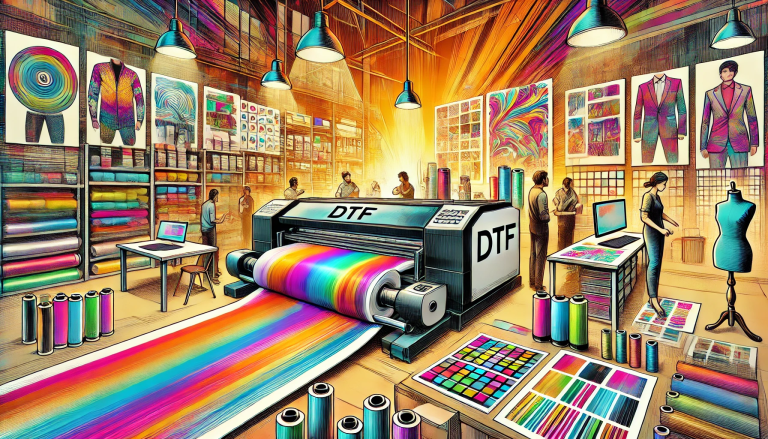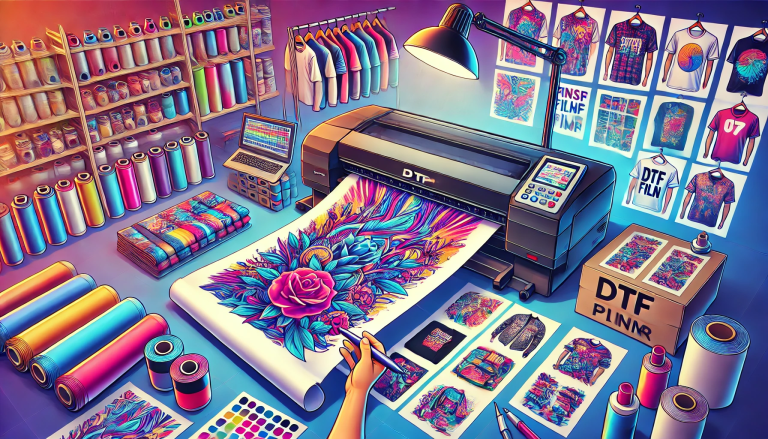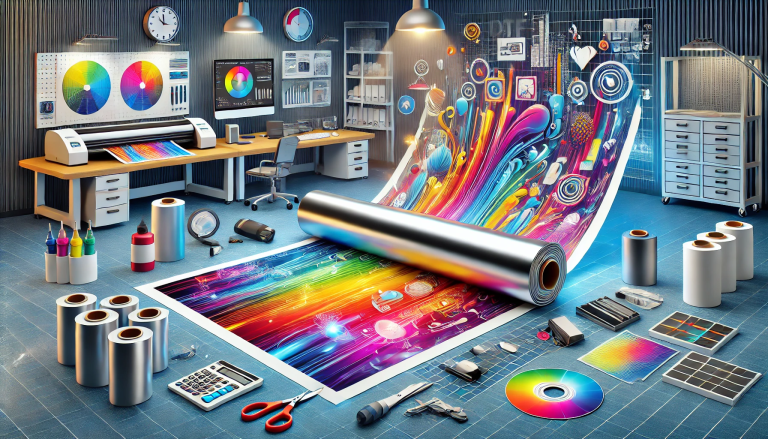“Experience the Difference with Is A4 DTF Film – The Ultimate Screen Printing Alternative!” -MAXDTF- Heat Transfer Film Factory, DTF Digital Transfer Sheet Factory, Made in china
Introduction
Is A4 DTF Film the same as screen printing? This is a question that many people have when it comes to printing and creating custom designs. A4 DTF Film is a type of digital printing technology that is becoming increasingly popular for its ability to produce high-quality prints with a wide range of colors and textures. Screen printing, on the other hand, is a traditional printing method that has been used for centuries to create custom designs. In this article, we will explore the differences between A4 DTF Film and screen printing to help you decide which method is best for your project.
The Benefits of Using A4 DTF Film for Screen Printing Projects
Screen printing is a popular method of printing images onto a variety of surfaces, including fabric, paper, and plastic. A4 DTF (direct-to-film) film is a type of film used in screen printing projects that offers several benefits.
A4 DTF film is a polyester-based film that is designed to be used with a variety of inks, including solvent-based, UV-curable, and water-based inks. This makes it an ideal choice for a wide range of screen printing projects. The film is also designed to be used with a variety of substrates, including paper, fabric, and plastic.
A4 DTF film is also designed to be used with a variety of screen printing frames. This makes it easy to use with a variety of screen printing machines, including manual and automatic machines. The film is also designed to be used with a variety of mesh sizes, allowing for a wide range of printing resolutions.
A4 DTF film is also designed to be used with a variety of emulsions. This makes it easy to use with a variety of screen printing inks, including solvent-based, UV-curable, and water-based inks. The film is also designed to be used with a variety of mesh sizes, allowing for a wide range of printing resolutions.
A4 DTF film is also designed to be used with a variety of screen printing frames. This makes it easy to use with a variety of screen printing machines, including manual and automatic machines. The film is also designed to be used with a variety of mesh sizes, allowing for a wide range of printing resolutions.
Finally, A4 DTF film is designed to be used with a variety of emulsions. This makes it easy to use with a variety of screen printing inks, including solvent-based, UV-curable, and water-based inks. The film is also designed to be used with a variety of mesh sizes, allowing for a wide range of printing resolutions.
In conclusion, A4 DTF film is an ideal choice for a wide range of screen printing projects. The film is designed to be used with a variety of inks, substrates, frames, and emulsions, making it easy to use with a variety of screen printing machines. The film is also designed to be used with a variety of mesh sizes, allowing for a wide range of printing resolutions.
How A4 DTF Film Can Enhance Your Screen Printing Projects
Screen printing is a popular and versatile printing technique that is used to create a wide variety of products, from t-shirts to posters. It is a great way to create unique and eye-catching designs that will stand out from the crowd. However, to get the best results, it is important to use the right materials.
One of the most important materials used in screen printing is film. This is a thin, transparent material that is placed over the screen to create a stencil. It is then used to block out areas of the design that should not be printed. A4 DTF film is a great choice for screen printing projects, as it offers several advantages over other types of film.
First, A4 DTF film is extremely durable and can withstand the rigors of the screen printing process. It is also highly resistant to scratches and other damage, which means that it will last longer and produce better results. Additionally, it is easy to use and can be cut to any size or shape, making it ideal for creating intricate designs.
Another advantage of A4 DTF film is that it produces sharp, crisp lines and edges. This is because it is made from a special type of polyester that is designed to hold its shape and resist stretching. This makes it perfect for creating intricate designs with sharp lines and edges.
Finally, the A4 DTF film is also very affordable. It is much cheaper than other types of film, making it a great choice for those on a budget.
Overall, A4 DTF film is an excellent choice for screen printing projects. It is durable, easy to use, and produces sharp, crisp lines and edges. It is also very affordable, making it a great choice for those on a budget. With its many advantages, A4 DTF film is sure to enhance any screen printing project.
Exploring the Differences Between A4 DTF Film and Screen Printing
Screen printing and A4 DTF film are two popular printing methods used in the graphic design industry. While both methods are used to create high-quality prints, there are some key differences between them. This article will explore the differences between A4 DTF film and screen printing to help you decide which method is best for your project.
The first difference between A4 DTF film and screen printing is the type of ink used. A4 DTF film uses a special type of ink that is designed to be heat-resistant and waterproof. This ink is applied to the film using a special printer and then transferred to the substrate using a heat press. Screen printing, on the other hand, uses a thicker, more opaque ink that is applied directly to the substrate using a mesh screen.
The second difference between A4 DTF film and screen printing is the cost. A4 DTF film is generally more expensive than screen printing due to the cost of the special ink and the equipment needed to transfer the ink to the substrate. Screen printing, on the other hand, is typically less expensive due to the lower cost of the ink and the fact that the equipment needed is relatively inexpensive.
The third difference between A4 DTF film and screen printing is the level of detail that can be achieved. A4 DTF film is capable of producing very detailed prints with sharp lines and vibrant colors. Screen printing, on the other hand, is limited by the mesh screen and can only produce prints with a certain level of detail.
Finally, the fourth difference between A4 DTF film and screen printing is the turnaround time. A4 DTF film is typically faster than screen printing because the ink is already applied to the film and only needs to be transferred to the substrate. Screen printing, on the other hand, requires the ink to be applied to the substrate and can take longer to complete.
In conclusion, A4 DTF film and screen printing are both popular printing methods used in the graphic design industry. While both methods are capable of producing high-quality prints, there are some key differences between them. A4 DTF film is more expensive and faster than screen printing but is limited in the level of detail that can be achieved. Screen printing is less expensive and slower, but can produce prints with a higher level of detail. Ultimately, the choice between A4 DTF film and screen printing will depend on the project and the desired outcome.
Conclusion
In conclusion, A4 DTF Film is not the same as screen printing. A4 DTF Film is a digital printing method that uses a special type of inkjet printer to print directly onto a substrate, while screen printing is a traditional printing method that uses a mesh screen to transfer ink onto a substrate. Both methods have their advantages and disadvantages, and the choice of which method to use depends on the specific needs of the project.





